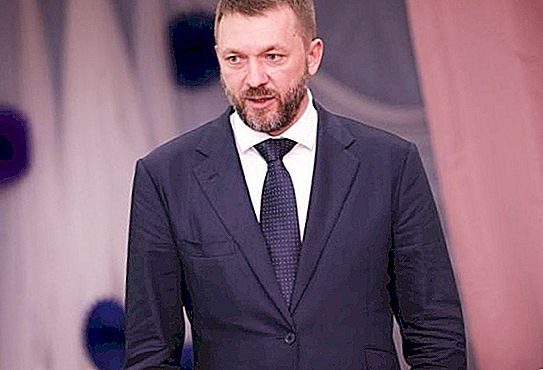Novgorod lands are rich in picturesque places. Rdeisky State Nature Reserve is located on the territory of the Poddorsky District of the Novgorod Region. The reserve received the name according to its location. The Rdeisko-Polistovsky Territory is the Old Slavonic name of the reserve. The origin of the name appeared from two lakes: Polisto and Rdeiskoye. The reserve was founded on March 25, 1994. Its area is 36.9 thousand ha.
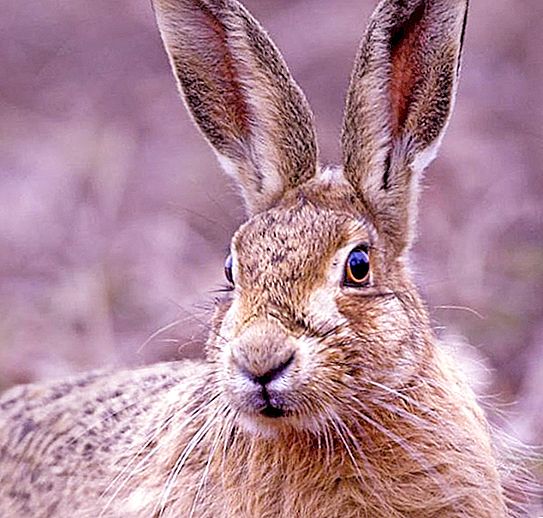
The reserve has a huge number of mosses, swamps, undersized shrubs not touched by humans. And also this area was preferred by hundreds of bird species.
History
The Rdeisky Nature Reserve has the following objectives:
- support in natural conditions of natural objects;
- conservation of biological diversity;
- Scientific research;
- study of flora and fauna;
- environmental monitoring;
- preservation of a unique array of sphagnum bogs;
- chronicle of nature;
- training of scientific specialists in the field of environmental protection;
- introduction of environmental management methods.
The conservation area around the reserve, which has a limited nature management regime, is 4, 844 ha.
Physico-geographical features
The Rdeisky reserve is located in the west of the Valdai Upland, on the border of the Polist and Lovat rivers. The landscape consists mainly of their gentle swampy lowlands, so the natural world is very diverse and rich.

One of the features of the Polistovo-Lovatskaya bog system is considered to be many small rivers, streams and lakes. There are several types of rivers: open, buried (flow inside a peat deposit), undermoss (flow under a moss). The soil is mainly covered with a peat layer, which can reach 8 meters.
Weather
The climate in the reserve Rdeisky is temperate continental, similar to the sea. Therefore, warm summer, long autumn, mild winter, cool spring, as well as the prevalence of excess moisture are characteristic of it. In summer, maximum rainfall occurs. The average annual temperature is +5 ° C. The duration of the warm period is 143 days.
Swamp zone
Rdeisky Reserve is a part of the Polistovo-Lovatskaya bog system and captures part of the border of the Polisti and Lovati rivers. The swamp has a complex structure and consists of a significant number of natural morphological units, which is partially due to the location of the mineral islands, as well as the formation process and the hydrological regime of the swamp itself.
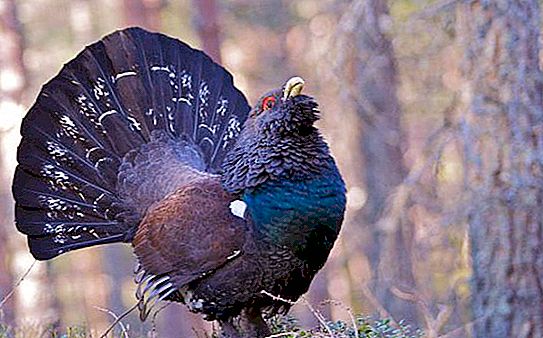
The Polistovo-Lovatskaya horse bog system is one of the unusual and unique systems, as well as an important ornithological territory of the Russian Federation. In the seventies, she was included in the list of swamps of the international project "Thelma", carried out research work under the UNESCO project. The aforementioned wetland system will be called Ramsar after gaining international status.
In the photo of the Rdeisky Reserve, the Polistovo-Lovatskaya bog system, which is recognized in Europe as one of the largest bog systems, is very often present. Its area is 140 thousand hectares. The complex of swamps has developed due to the merger of six peat bogs. The system of Swamp marshes has a huge impact on the environment. Marshes constitute a huge natural reservoir of water, participate in the creation of the hydrological regime of the territory, especially in the south-west. And such rivers as Redya, Polist, Khlavitsa, Kholynya originate here, which is very important for stabilizing the water level in Lake Ilmen, for example, in dry years and during the off-season. The local population is very proud of their swamps and carefully guards them.
Flora
The vegetation of the reserve is diverse. Softwoods are widely found on the north side of the reserve. Small-leaved and spruce and forests on the south and west side. There are even bicentenary spruce. Broad-leaved species prevail in the eastern part and are represented by maple, oak and linden. Occasionally, ash and elm can be found, but in limited quantities.
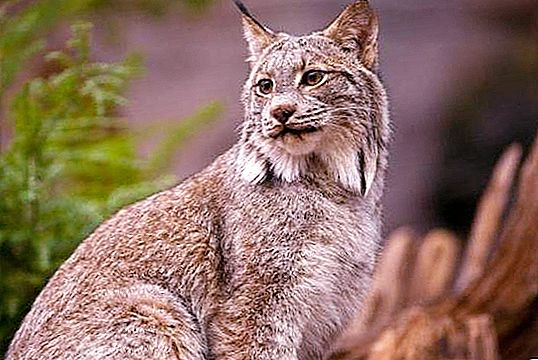
The bulk of the forests, which is located on the mineral coast, consists of relatively young trees. There are two types of mineral islands on the territory of the nature reserve. High can reach 9 m above the swamp level, small hills - have gentle slopes, but have a large area. In the Rdeisky reserve, there are 371 species of plants, of which 47 are bryophytes.
Here there is a huge number of vascular plants that belong to the families: cereals, sedges, legumes, Asteraceae, Labiaceae, Millipedes, Rosaceae.
Scientists annually discover new species of mosses, for example, only in the summer of 1999, 50 of them were discovered.
Fauna
The reserve is inhabited by mammals, amphibians, reptiles, more than 100 species of birds, of which 14 are protected by the state. Rare birds survived in the swamps, which disappeared in other places due to anthropogenic impact.
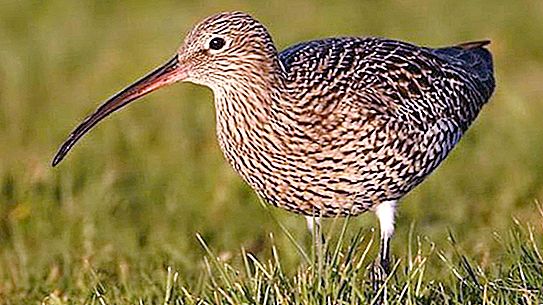
The reserve has the largest curlew population in Europe. Here you can meet typical representatives for these places, for example, Siskin, thrushes, finches, Orioles. Among birds of prey, hawks-goshawks, buzzards, and beetles are distinguished. A large number of hazel grouse, black grouse, and capercaillie live in the Rdeisky Reserve.
In the reserve there are a lot of hares, martens, rodents. Among the predators, you can see a bear and a lynx, which constantly live in the reserve. Sometimes wolves wander. Fox and badger are represented by a few individuals, since the main part of the territory of the Rdeisky nature reserve is not suitable for digging holes.
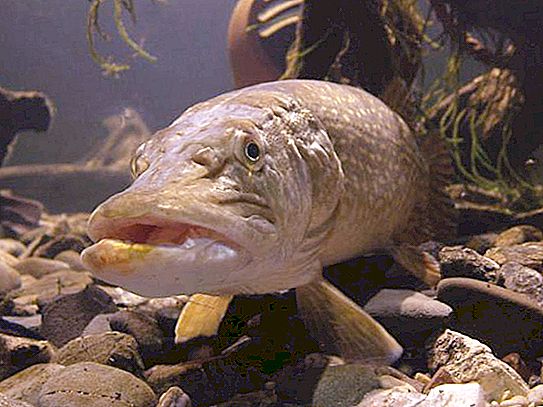
Wild boars live on the outskirts of the swamp massifs and in the center. Roe deer visit the mineral islands. Marten, mink, otter and black polecat are common throughout the reserve. Among rodents there are beavers, water rats, red voles. Of the fish, perch and pike predominate.

